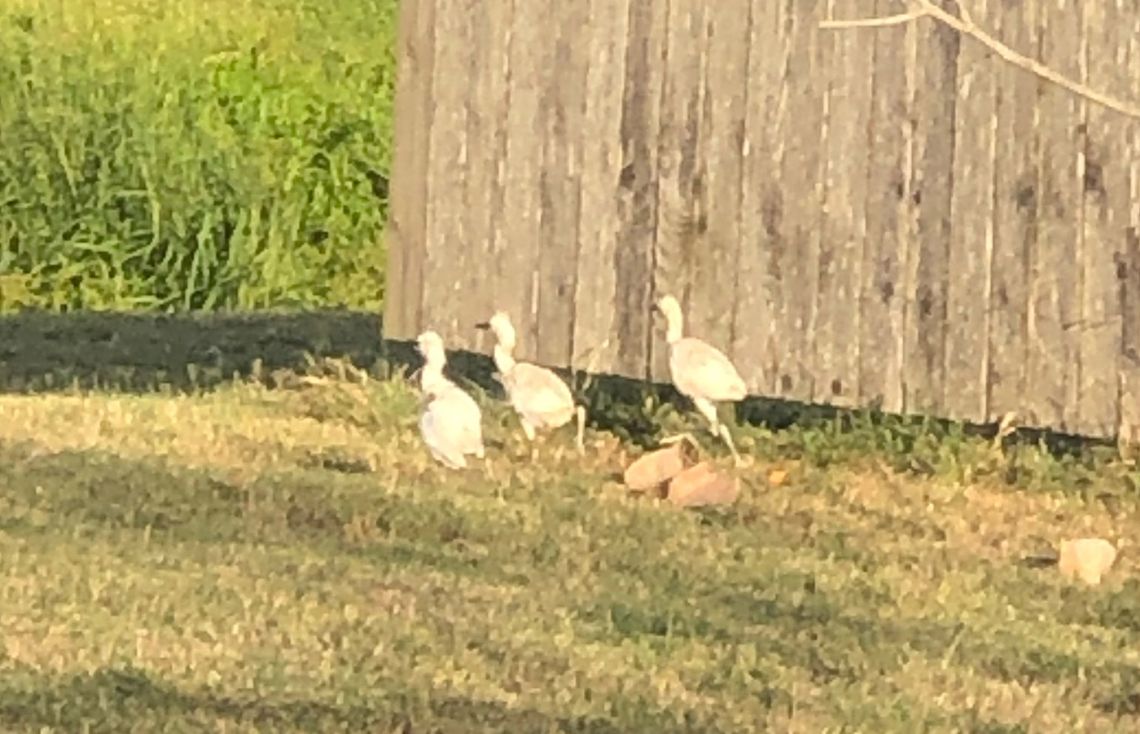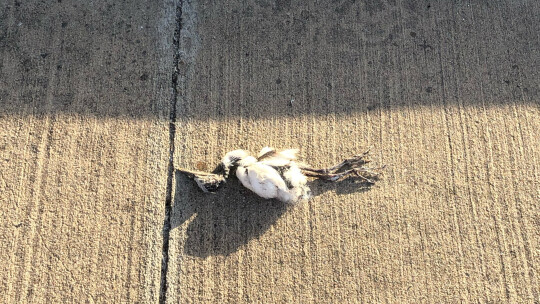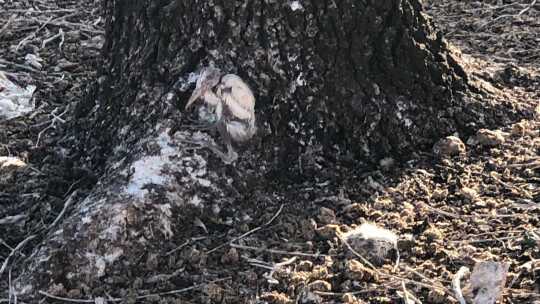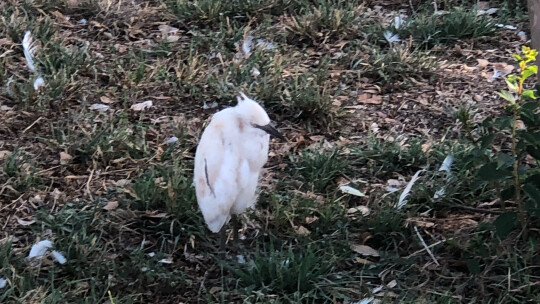What to do with the city’s growing population of egrets in Murphy Park and where to move the July 4th fireworks display next year are on the minds of city leaders.
At the Nov. 10 meeting, the City Council accepted a presentation from Parks and Recreation Director Tyler Bybee, who was joined by representatives from Texas A&M AgriLife Extension-Wildlife Services and Texas Parks and Wildlife, about alternative sites for a July 4th Fireworks display, and what are the next steps for the city regarding the rookery.
At last year’s July 4th fireworks, which took place on a land bridge walking trail at City Lake, it was reported on a TV news station that a number of egrets, which are protected by federal and state laws, were killed when some of them flew into powerlines at the launch, causing an explosion and a subsequent power outage.
“If you let them nest at Murphy Park, and the same thing happens, I don’t know what’s going to happen,” said Linda Tschirhart-Hejl, the district supervisor for Texas A&M Extension Wildlife services, who took part in the presentation to council. “According to the migratory bird treaty act, any kind of intentional harm or damage that is done to them is a violation of the act, so it’s something to consider.”
Bybee said in recent years, the population of egrets, which consists of thousands of cattle egrets and hundreds of greater egrets, has existed on the island in the middle of the lake.
However, last year, city staff found that the population has outgrown its home, and some of the greater egrets had made their nests behind the Williamson County EMS station, 1427 N. Main Street.
“I had many conversations with Parks and Wildlife and Ag Extension about that area being too close,” Bybee said. “I don’t think we had intent to harm the birds at all. Fireworks have been shot there for a long time, but now, like Linda said, if we do that again from that location and something happens, we are showing intent, and we could be in trouble for that.”
Bybee said the city is considering alternative sites for the launch, including at Murphy Park and at Bull Branch Park Hike-and-Bike Trail.
In addition, Bybee said the city is taking proactive steps to try to protect areas they don’t want the birds moving into, including around Murphy Park Pool and the playground.
Tschirhart-Hejl, who had helped the city manage a nesting site in a Taylor residential area in 2008-2009, said it was important to manage the bird populations using a variety of methods, including sound harassment methods, including a propane cannon, clappers, bangers and screamers, as well as habitat modification, including trimming trees and removing old nests, and other tools, to encourage them to choose more suitable spots for nesting.
“They are what we call colonial nesters, so they nest by the hundreds to thousands of birds,” she said. “The excrement is very strong and has the potential to kill all the vegetation in the area with the excrement. (In a nesting site, there will sometimes be) dead birds potentially laying on the ground, dander feathers debris… it just piles up on the ground afterwards. Some of the best ways I can describe a cattle egret rookery is like walking into a closed chicken house, sometimes the ammonia smell will just knock you over.”
Another option of last resort is the Migratory Bird Depredation Permit, which allows for eggs and birds to be destroyed in some fashion, despite the federal and state protections, Tschirhart-Hejl said.
“We are not out to kill birds, but if we have spent three weeks harassing birds, dawn till dusk every day and all of a sudden, some bird comes in in the dark of night, and lays two eggs in a nest in an area that you honestly don’t want them in, then we can remove those eggs if you have that depredation permit, so you don’t have lost time to try to get the birds to move,” Tschirhart-Hejl said. “And I consider this, the lethal removal, a last resort, because there are people here that like want the cattle egrets, just like there are people here that don’t to balance both sides of the coin.”
Indeed, at the meeting, there were several citizens who advocated for protection for the birds and pointed to the draw they offer for ecotourism.
Resident Damon Howze said he moved to Taylor two years ago because of the egrets and ducks in the parks here.
“I think we should do whatever we can to move the fireworks and leave the egrets alone as much as possible,” Howze said. “They do draw birders here. I see large groups regularly during the season that come here specifically to see the egrets on that island. I think it’s a positive thing for the city, and I think it would be a negative thing for the city to get the reputation of killing birds.”
Citizen Emily Holmes held up photos of dead birds she said she shot after the fireworks incident.
“I just want to bring up the topic that shooting off these fireworks could result in fines next time this happens,” Holmes said. “And I do think that embracing this billiondollar birdwatching industry could really help the city as opposed to mitigating it, being with staffing issues.”
For their part, city leaders applauded Bybee’s efforts and expressed that something needed to change.
At-large Councilman Dwayne Ariola, who is the vice commander of the American Legion Graham D. Luhn Post 39, which is responsible for putting on the show every year, said while they would like to keep the display in Murphy Park, they are working with the city to find a more suitable spot within the park.
“I think we are doing our due diligence working with the city to move the launch,” Ariola said.
District 2 Councilman Mitch Drummond said he liked the birds but that their populations were too large.
“I would like to see them stay in Murphy Park, but somehow we have to limit the numbers,” he said. “The issue is the quantity we have there.”
Drummond also said it may even be time to consider moving away from fireworks all together.
“I have seen folks doing things with lighted drones at night that are really cool that don’t require any noise and it might be a really good alternative,” he said. “I know I am going to get hit up for this but maybe we need to move away from fireworks and star using drones.”







